Category: Features
-
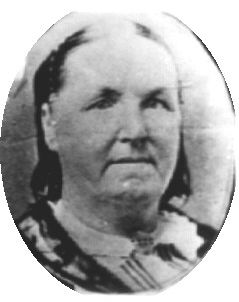
Literary Lorenzo Snow #23: Stanzas
There is no shortage of poetry about Joseph Smith, the subject of lesson 23 of the Lorenzo Snow manual. But Snow’s views on Joseph Smith are focused not on his martyrdom or on his role as the initial prophet of this dispensation. Instead, Snow focuses on Joseph Smith’s character—an unusual subject for the early Mormon…
-
Literary DCGD #46: Zion
Perhaps the most difficult issue in discussing the idea of Zion is defining exactly what we mean. Even though D&C Gospel Doctrine lesson #46 is titled “Zion—The Pure in Heart,” its first section is titled “The word Zion has several meanings” and lists no less than six. Of these, I’ve seen evidence in Mormon poetry…
-
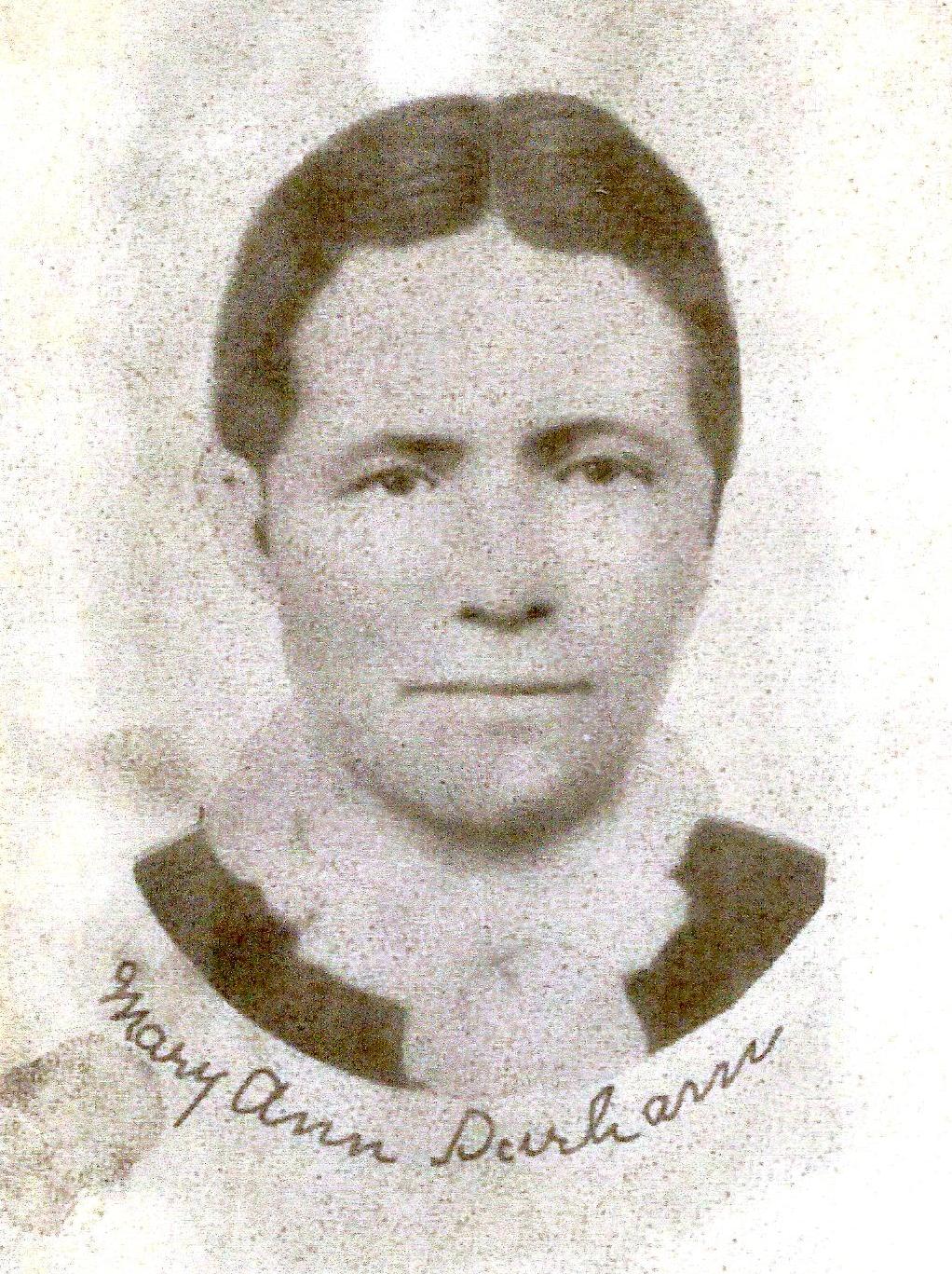
Literary DCGD #45: Marriage
The Mormon conception of marriage is central to our theology and understanding of the next life. We see marriage as the beginning of eternal families, and a key element of eternal progression. Doctrine and Covenants Gospel Doctrine lesson #45 explores this belief, but, I think, doesn’t quite get at how or why marriage might be…
-
Literary DCGD #44: The Nauvoo Legion
Mormons believe in being good citizens, and Doctrine and Covenants Gospel Doctrine lesson #44 discusses a little how that is supposed to work. We are supposed to participate, obey the law and to serve others in our communities. But are there limits on this responsibility? How much should we give to our communities? Are there…
-
Literary Lorenzo Snow #22: Remember the Poor
Its been a decade or more since practicing “random acts of kindness” became a kind of fad here in the U.S. I’ve always liked the concept, and I’ve practiced it on occasion. But I don’t think its a substitute for the kind of doing good to others that Lorenzo Snow manual lesson #22 is talking…
-
Literary DCGD #43: Entreaty
What exactly is the “whole armor of God?” Lesson 43 of the Doctrine and Covenants Gospel Doctrine manual explores this concept, drawing from D&C 27:15-18, and its inspiration, Ephesians 6:13-18. But while both these scriptural texts point to principles that represent various pieces of body armor, its sometimes hard to see how these principles actually…
-
Literary Lorenzo Snow #21: Real and Ideal
I’m usually a little uncomfortable when we discuss the evils of the world, as happens in Teachings of Lorenzo Snow lesson #21. Its not that I don’t see evil in the world, but its that I also see good there. And the optimist in me even sees some progress—the world getting better than it was.…
-
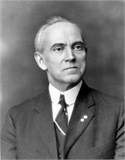
Literary DCGD #42: The Prophet Turned the Key
The Mormon belief in continuing revelation (the subject of Doctrine and Covenants Gospel Doctrine Lesson #42) is rare if not unique among Christian religions, and it is one of the features of Mormonism most promoted. What is perhaps less discussed is the range of meanings of this term in Mormonism. We use it to mean…
-
Literary DCGD #41: Lines on the Death of Lorenzo D. Barnes
The idea that every member is a missionary depends on a certain kind of commitment to the Church. For the Church to make the kind of progress outlined in D&C Gospel Doctrine Lesson 41 missionaries, even member missionaries, must be willing to make the sacrifices necessary. Recently, the level of commitment that some missionaries end…
-
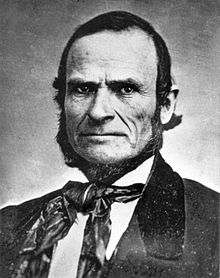
Literary DCGD #40: Baptism for the Dead
Temple and Family History work (discussed in Gospel Doctrine lesson #40) are perhaps the most unique of LDS doctrines. The doctrine behind them solves both the problem of making salvation universally available and the need for high-church ceremony in a religion that focuses on low-church ideals in its regular worship. The origin of this doctrine…
-
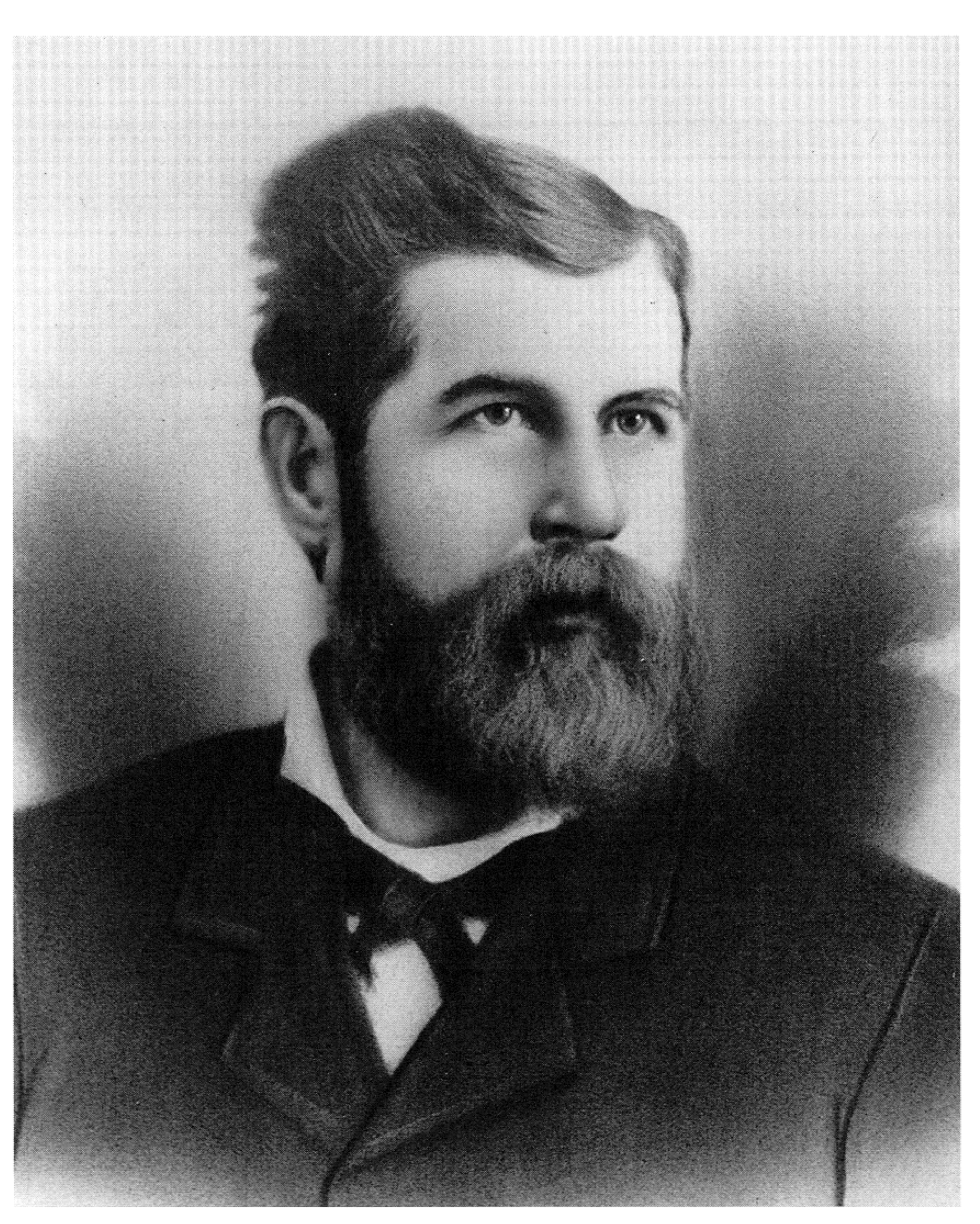
Literary Lorenzo Snow #20: A Marvel and a Wonder
We often use the phrase “a marvelous work and a wonder” to describe the restoration and subsequent spread of the gospel across the earth. And this work is marvelous and wonderful, as lesson 20 of the Lorenzo Snow manual discusses. As a story it has conflict and drama and surprise. And it is, I think,…
-
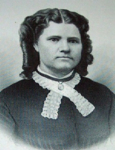
Literary DCGD #39: The Records of Our Dead
The doctrine of baptism for the dead is unique to Mormonism among religions today. Our focus on performing ordinances on behalf of those who haven’t been part of the Church in this life leads us to genealogical research to discover enough information to distinguish between individuals, and sometimes even allowing us to discover who our…
-
Sunday Afternoon Session
Conductinng: Elder Henry B. Eyring Elder Quentin L. Cook: Lamentations of Jeremiah: Beware Of Bondage Turning from the worship of the true and living God and worshipping false gods like wealth and fame and engaging in immoral and unrighteous conduct result in bondage in all its insidious manifestations. These include spiritual, physical, and intellectual bondage…
-
Sunday Morning Session
President Dieter F. Uchtdorf conducting. President Henry B. Eyring: To My Grandchildren I have seen those same tears of happiness in the eyes of someone who recounted the words of an apostle of God: He had said to her, after a searching and tender interview: “I forgive you in the name of the Lord. He…
-
Priesthood Session
President Henry B. Eyring conducting. Elder L. Tom Perry: The Doctrines and Principles Contained in the Articles of Faith This doctrine is to the Church like a battery is to a cell phone. When you remove the battery from your cell phone it becomes useless. A church in which true doctrine is no longer taught is…
-
Saturday Afternoon Session
President Uchtdorf conducting. President Henry B. Eyring: Sustaining votes of the General Authorities and Church Officers
-
Saturday Morning Session
President Eyring conducted this opening session. President Thomas S. Monson: Welcome to Conference I am happy to announce that two weeks ago the membership of the Church reached fifteen million. It has scarcely been one year since I announced the lowering of the age of missionary service. Since that time, the number of full-time missionaries…
-
Literary Lorenzo Snow #19: To Elder L. Snow
Lorenzo Snow lesson 19 highlights several purposes for missionary work in its collected statements from Snow’s discourses. Clearly bringing the gospel to others is the chief purpose of this effort. Snow also suggests in these statements that missionary work is a sacrifice that missionaries make when they are sent out into the world. Perhaps the…
-
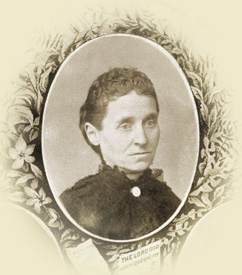
Literary DCGD #38: Song of the Sisters of the Relief Society
Often when we discuss the principles of welfare today, we talk as if the whole idea of welfare developed in the 1930s, along with the current program. In reality, before the current program caring for the needy, poor and promoting self-reliance were largely the purview of the Relief Society. And so it is a Song…
-
Literary DCGD #37: Lines suggested by reflections on Joseph Smith
In Mormonism our definition for the term Prophet is usually more specific than that employed outside of the Church. To us, a prophet is not only someone who has been inspired to prophesy, but it is also the president of the Church, the leader called to preside over the membership, the person who is to…
-

Just because you heard it at church, doesn’t make it true.
Or mean that you must repeat it. Because sometimes people say things in church are are just plain not true.
-
Literary DCGD #36: Past, Present, Future
The place of Utah in LDS history is occasionally a topic of lessons like Doctrine and Covenants Gospel Doctrine lesson 36. And while today not all church members live in Utah or want to live there or feel that it is a place to admire, still, it is hard to argue with the fact that…
-
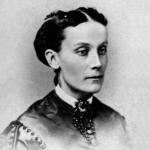
Literary Lorenzo Snow #18: Brigham Young
The world today treats leaders with honor and deference, giving those who manage to become leader of government and society the benefits available to the rich, while shielding them from many of the cares of life, and, at times, from their own errors and sins. Lesson 18 in the Lorenzo Snow manual makes it clear…
-
Literary DCGD #35: Wakeful Winter Nights
In recent years the attention on the tragedy of the Martin and Willie handcart companies seems to have increased. Their situation and rescue has been the subject of books and movies (and lessons) in a process that seems to mythologize the events. The current lesson (#35 in the Doctrine and Covenants Gospel Doctrine manual) explores…
-
Literary DCGD #34: Farewell to my Mother
When we discuss the Mormon trek, the focus is almost always on the physical suffering that many of the immigrants endured while traveling west. While certainly the physical struggle to cross the plains (covered in Doctrine and Covenants Lesson 34) was difficult, the pioneers suffered in other ways also. For example, many left family behind,…
-
Literary Lorenzo Snow #17: The Power of Song
Many of our hymns have a martial air to them, often echoed in their messages. We are called “Christian Soldiers,” marching on to war, and we call to the “Elders of Israel” to join the campaign. And often the Priesthood is called “God’s Army” in an attempt to emphasize, I suppose, its size and power…
-
Literary DCGD #33: To President Brigham Young
We often make assumptions about the past based on our perspective today, and the current Gospel Doctrine lesson about Brigham Young and succession in the presidency is no exception. We know that the senior member of the Quorum of the Twelve becomes the new Prophet, and it is easy to assume that this was always…
-
Literary DCGD #32: Lines on the Assassination
[I’m sorry for the delay in getting this posted. I’ve been traveling a lot the past week.] The martyrdom of Joseph Smith was a shock to his people and one that, as their successors, we still remember and still feel. But in the days following his assassination, the reaction of Church members was one of…
-
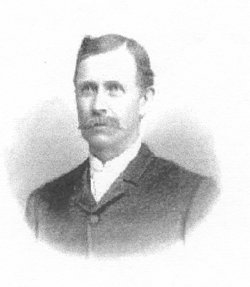
Literary Lorenzo Snow #16: The United Uplift of the Hand
When we speak of unity it is often difficult to understand exactly what we need to do to achieve it. The teachings of Lorenzo Snow in the current Priesthood/Relief Society lesson manual (lesson 16) try to address this, but I’m not quite sure that they give the specifics needed. Should we be united politically? What…
-
Literary DCGD #31: The Lord of Hosts has Spoken
The doctrine of eternal marriage, discussed in D&C Gospel Doctrine lesson 31, is clearly tied to the priesthood (the authority by which such marriages are performed) and to salvation, for salvation in the eternal kingdom is dependent on sealing, both to parents, to spouse and to children. The following poems addresses the role of sealing…
